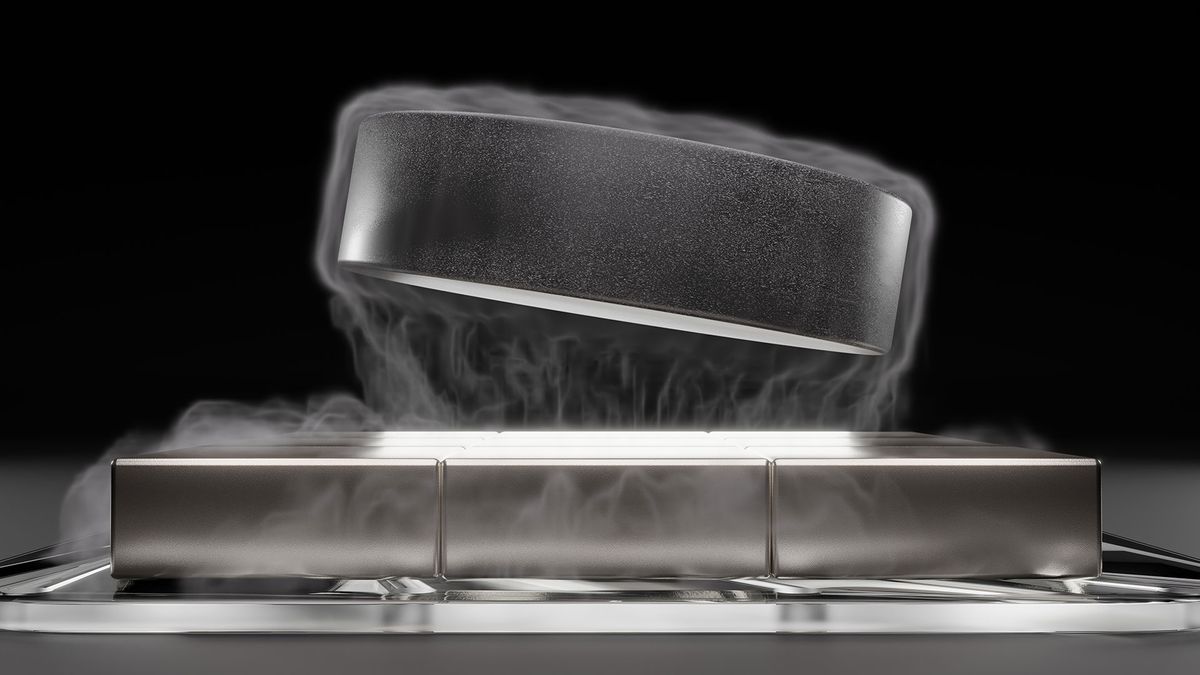I doubt anyone can do that conclusively yet. But, as I mentioned previosuly (and -caveat- this may obsolete my -and many others- assumptions) magnetism and superconductivity in some ways are at odds -they repel each other-, check the Meissner Effect. Which makes superconductors diamagnetic, so it is not a contradiction, from my retired skills in Physics. But you can compartmentalize in designs, as shown in current use cases of superconductors (which someone else pointed out -kudos and sorry I can't check the id and credit as I type this- and separate stuff for results... which conceivably, if this works out, is HUGE and makes it much easier. Current superconductivity stuff requires liquid helium stuff and what not, which is incredibly energy hungry and comes with may limitations for practical use in consumer stuff.
But imagine if this LK99 stuff could be integrated into 3nm semiconductors... imagine a CPU or DSP or Class D that does not even need a cooler. That in itself would be mind-bogglingly disruptive.

